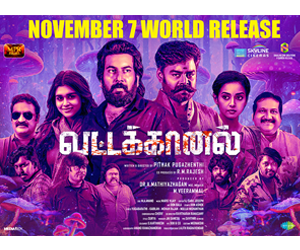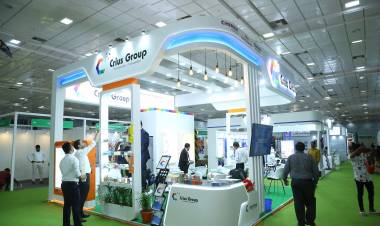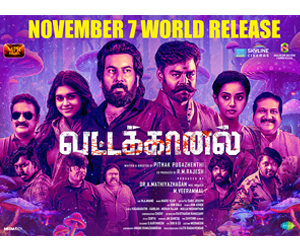Myths vs Reality: Are consumers really getting more discounts during the holiday season's online sales?

Myths vs Reality: Are consumers really getting more discounts during the holiday season's online sales?
Are you ready to go on a shopping spree, or are you already done with one? Exhilarating discounts are unleashing the shopaholic personalities residing within each one of us. On the contrary, there is also a likelihood of the fact that the non-shopaholic ones, too, have succumbed to the marketing blitzkrieg. Let us take a moment to look closely at the entire “festive season sale” hoo-ha from the standpoint of brands and consumers.
With the culmination of the first round of holiday and festive e-commerce sales, online platforms recorded a nearly 5.4X spike in daily sales overall. A 3X boost in e-commerce shipment volumes was also witnessed during the sale period compared to days when business as usual prevailed.
Do brands really indulge in deeper discounting during the festive season, or is it just another hoax? An Ace Turtle report suggests the average selling price of products on e-commerce websites drops by a mere 17% during the sale period compared to the non-festive season. Naveen Malpani, National Sector Leader–consumer and retail, Grant Thornton Bharat, said that e-commerce portals have witnessed sale amounts nearing $3 billion (Rs 24,500 cr) in the initial 4 days of the festive sale, accounting for about 60% of the anticipated GMV (Gross Merchandise Value, a measure of total sales) for the first festive sale and pushing the overall Daily GMV to about 5.4X.
The Consumer Perspective
While consumers get a chance to get hands-on products from top brands and the latest fashion at a lower price, many e-commerce apps offer a bundled package to avail such discounts where consumers end up spending more than their budget.
Moreover, multiple offers have time constraints attached to them, which means you might get a discount of 20% in the daytime, but the same product can be bought for 50% during late hours. This is nothing short of an opportunity loss. It's imperative to know the discount percentage pre & post the sales start. You might be buying products at the same discount even in sales too.
For instance, a report by Ace Turtle suggests that the average discount on normal days is 47%, which marginally increases to 50% during the sale period. Thus, it might be a myth that brands engage in hefty discounting during festivities or holiday sales compared to non-sales periods.
Multiple e-commerce platforms start their sale event at the same time. Comparison among these apps is the key to clinching the best offer in a world where the customer is always spoilt with choice.
What's in for Brands/E-comm companies?
It helps the e-comm companies build an emotional connection with existing and potential consumers as the sales are now aligned with big festivals or events like Diwali, Holi, Christmas or New Year. Brands can structure their narratives bearing in mind consumer behaviour during festivals. Also, brands should reach out to consumers well in advance before the festive season and not when it is at its peak.
Demographic-based marketing during specific festivals can help new customer acquisitions, primarily from Tier 2 and 3 towns and cities. E- comm companies bridge the gaps between existing and newly launched brands and these consumers. Customised offerings and personalisation help gain loyal customers and retain them for a longer time. Moreover, holiday sales help in clearing their old stocks and generating a substantial-top line with slighter lesser margins
Conclusion
The holiday/Festive season can benefit consumers, provided they act smart and do proper research before making a final purchase.
It’s a win-win situation for both the brands & e-com sites as it helps in clearing their stocks while acquiring new users from remote areas, thanks to the deeper internet penetration in Tier 3 towns. A report by India’s Retail and E-commerce Trends highlighted that India’s e-commerce growth in FY22 was driven by consumers from tier-II and tier-III cities. Moreover, the growth was majorly attributable to the D2C (Direct-to-consumer) segment.
Authored by Kumar Saurav, Global Mobile Business Head, AdCounty Media Pvt. Ltd.




















